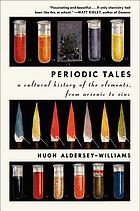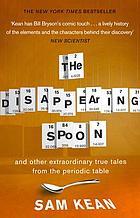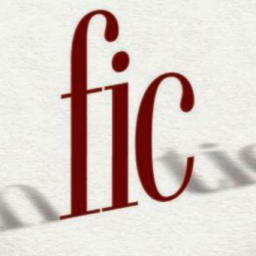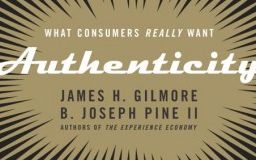by Raizel Liebler
Rare is high-quality writing about science for non-scientists. I would read all of these books I recommend in this series again, something I rarely do.
Most summer reading lists suggest the type of books that count as poolside reading, but when I want to relax from my usual law, technology, or cultural theory books is reading science and nature books. As someone without a hard science background who loves reading long-form writing, it is difficult to find books that I can actually get to the end!
These are books that manage to both sustain my interest throughout, through high-quality writing, and also help explain complex ideas to a popular audience. Considering how difficult my search in finding well-written science books, this will likely be at most a bi-annual series.

Yes, this book is about the death of a trainer at Sea World, but it is also about so much more. I was highly reticent about the possibility of reading this book, but after reading the article the book was based in two different “best of” science writing essay collections, I decided to give the book a try. And I am so glad I did.
The book tells the tale of orcas (AKA killer whales), both in the wild and in captivity. While there is a specific death and subsequent court case at the center of the book, the overall story is about whether humans should be keeping any orcas in captivity, considering their intelligence and social structure. There isn’t an answer given, but instead the question is raised as a scientific and cultural one. But the “man behind the curtain”, the pure profit of performing sea animals, is stripped away, revealing how non-natural these shows are.
The best recommendation I can give for this book is that after I read it, I gave it to a friend with a hard social science background and who presently has minimal book reading time. After reading Death at Sea World, she asked for “another book just like it” immediately. I have been recommending books to her for over a dozen years – and she has never reacted so positively to one of my book suggestions.
Book here; followup blog with additional stories here.
Deborah Blum, The Poisoner’s Handbook: Murder and the Birth of Forensic Medicine in Jazz Age New York (2010)
If you have the opportunity, I strongly suggest you read this book while in New York City, as I did. This book not only covers the science of poisoning, but is evocative of times gone by in New York. I wish there was a Poisoner’s Handbook scientific tour of NYC!
Blum is such a strong writer that this book reads as fiction, though it is non-fiction (and very carefully researched). Brilliant scientists not understood by those in power, canny murderers, corrupt politicians, innocent (sometimes) victims – this book reads like BBC old-style mysteries mixed with C.S.I.
But the science isn’t lost within the storytelling, explaining how woo-woo folk remedies plus lack of government regulation (pre-F.D.A.) led to many dangerous chemicals and products freely available for wrongdoers.
I’ve read Blum’s earlier work – and as good as they were – this book is even better!
Sam Kean, The Disappearing Spoon: and other True Tales of Madness, Love, and the History of World from the Periodic Table of the Elements (2010)
Hugh Aldersey-Williams, Periodic Tales: a Cultural History of the Elements, from Arsenic to Zinc (2011)


If you haven’t read anything about chemistry since high school, both of these books will help you to contextualize the elements and understand how they fit into both daily existence and history.
Do you have any suggestions for books for this science/nature writing review series?






My first reco. is not one you’ll walk away from as a ‘feel good’ (it made me quite dislike the author), but The Devil’s Teeth was a really great book about research on Great Whites.
And since my love of Diet Coke is vast, I was also a fan of The World of Caffeine